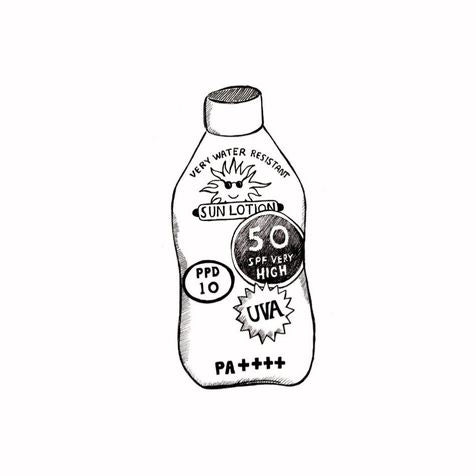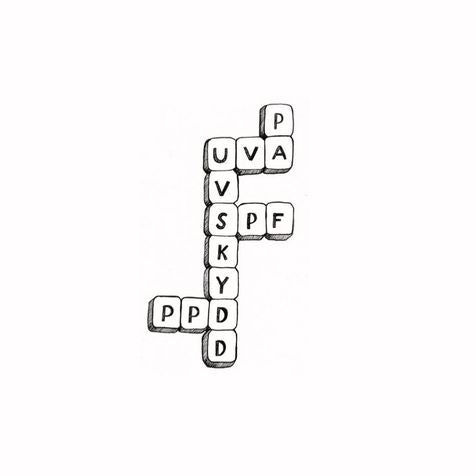SUBSCRIBE & SAVE 20%
FREE SHIPPING
Remember your password?
Subscribe to receive a guaranteed shipment of formula every month.
Enjoy a {{ discount_amount }} discount on products throughout your subscription.
Change or cancel your subscription at any time!
Sun protection products sold in Europe are regulated by the Cosmetics Regulation (EC) No. 1223/2009.
To make it easier for you as a user, according to the regulation, sun protection must be labeled with specific information about the product's protection and use. But sometimes it can be difficult to understand all the information on the product.
Figure 2 provides a simple explanation of the most common labeling, symbols and information you see on sunscreen products.




Figure 2. An illustration of the most common information and symbols found on a sunscreen product's packaging and label. The various parts are described in the following text.
SPF stands for "Sun Protection Factor" and shows how much protection you get from the sun's UVB radiation - the radiation that causes you to get sunburned. The higher the SPF, the longer you can stay in the sun without burning compared to not applying any sunscreen at all.
To determine the SPF value of a product, tests are carried out on voluntary subjects. The test is performed by applying a standardized amount, 2 milligrams per square centimeter of the product, to a certain part of the body of the subjects. The product is then allowed to dry before the skin is irradiated with a UV lamp. The next day, the redness on the skin is assessed and the effect of the test product is compared to a standard product and to skin that has not received any sun protection at all. As previously mentioned in Part 1, you need to apply the product liberally. It is estimated that a person's skin is on average up to 2 square meters in size, which corresponds to approx. 40 ml of a sun protection cream needs to be used to correspond to the amount used in the tests. To make it easier for consumers, the SPF symbol must also be listed together with a sun protection category: low, medium, high or very high protection. A summary of the sun protection factors and categories allowed in Europe is shown in Table 2. A product with SPF50+ must at least achieve SPF 60 in the test


Table 2. Shows SPF labeling on European products with protection that the product meets in tests, and shows how much UVB protection as well as the UVA protection the product provides if marked with a UVA symbol.
The UVA symbol can be used if the product's UVA protection factor is at least 1/3 of the product's sun protection factor. In addition, the product's protection must be tested before and meet the criteria for a critical wavelength of 370 nm, which is a test that guarantees that the product provides broad-spectrum protection. UVA protection can be measured in vitro and thus does not require volunteers.
Water resistance of sunscreen products is measured by determining what percentage of protection is retained after subjects have been in a circulating water bath. The test is done by applying the product which is then allowed to dry, followed by bathing at 20 minute intervals, with a drying period of 15 minutes between each bathing. If the product retains at least 50% of its stated SPF value after two 20 minute baths, the product is considered water resistant.
To be considered extra water resistant, the product must withstand four 20-minute baths, i.e. retain at least 50% of the specified sun protection factor. It is important to note that in reality one would probably towel dry between baths, which would remove some of the sunscreen. Therefore, it is always recommended to reapply sunscreen after swimming to ensure adequate protection.
PPD and PA are sometimes listed on products although not recommended for European products. PPD stands for Persistent Pigment Darkening and is a test that works like the SPF test, but where the effect on the skin of UVA radiation is measured. The test is carried out on voluntary subjects and the factor indicates how much longer it takes for the skin to get a darker pigment compared to when not using sunscreen. PA is the protective effect against UVA radiation and is a simplification of PPD.